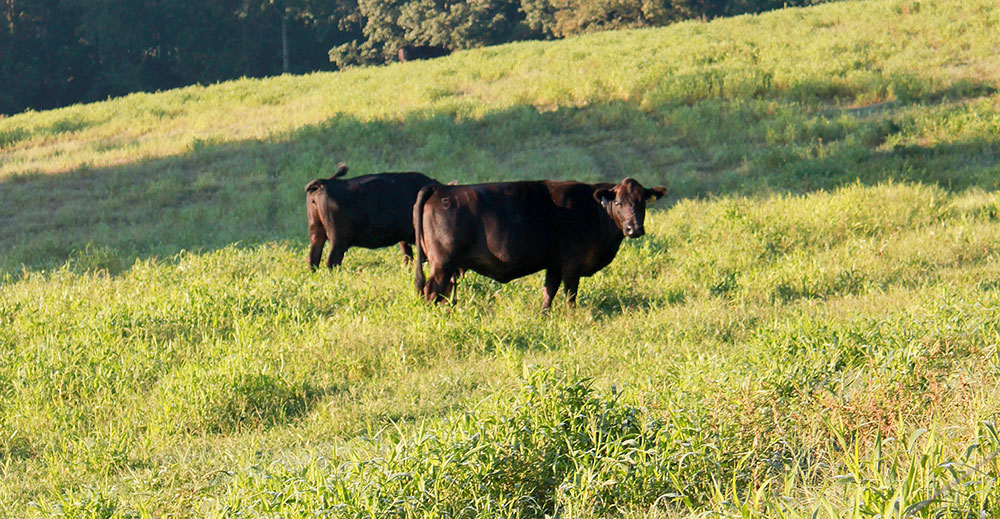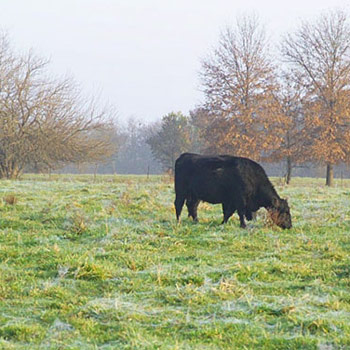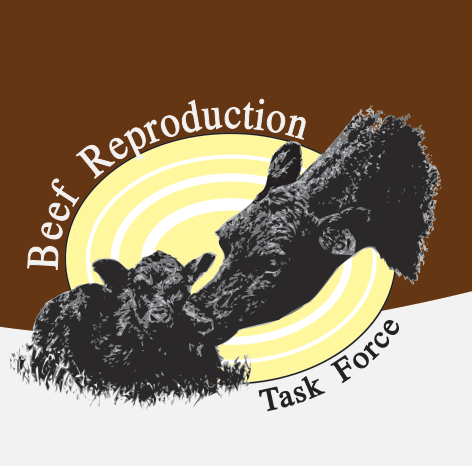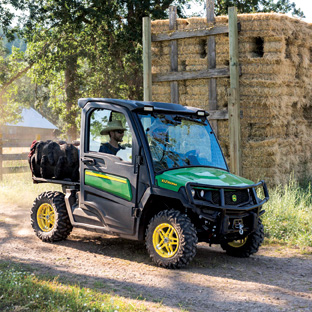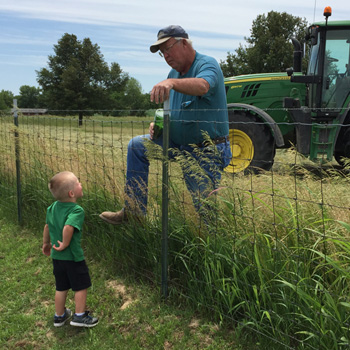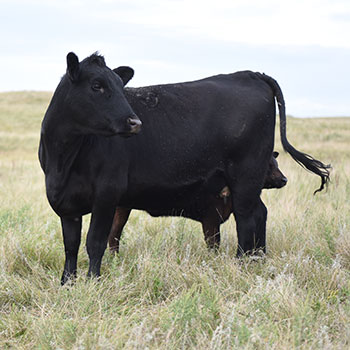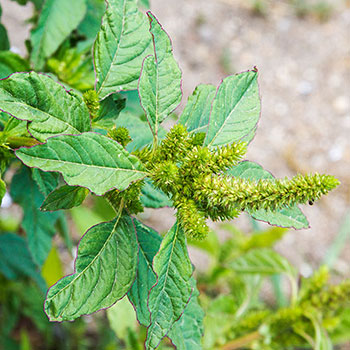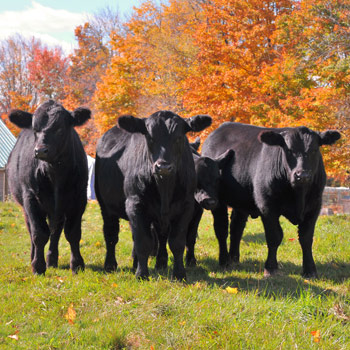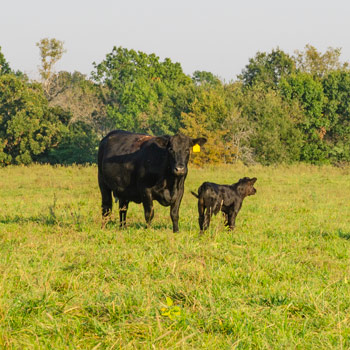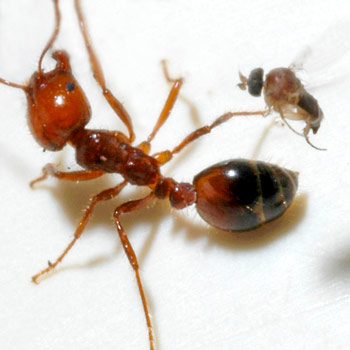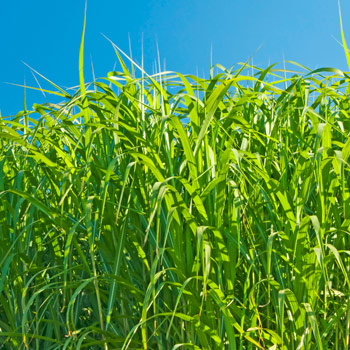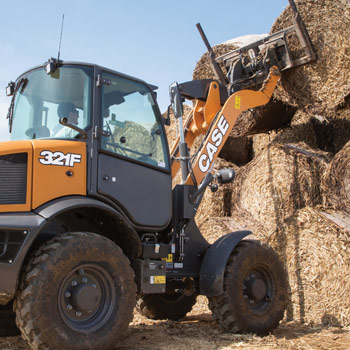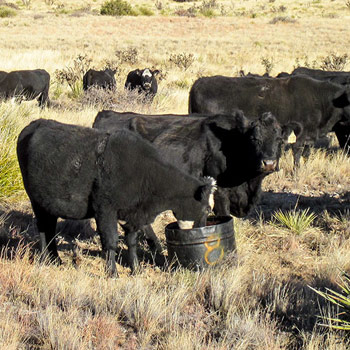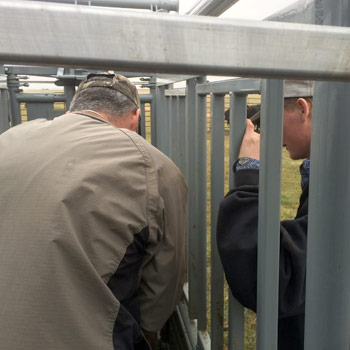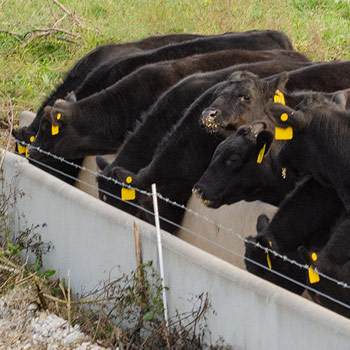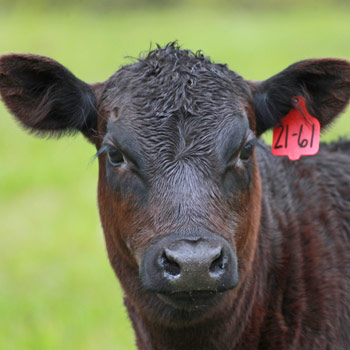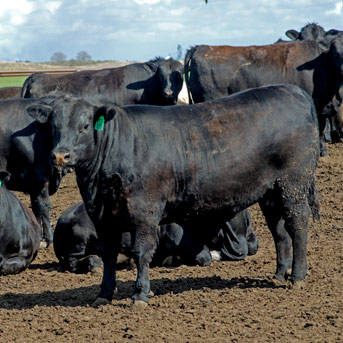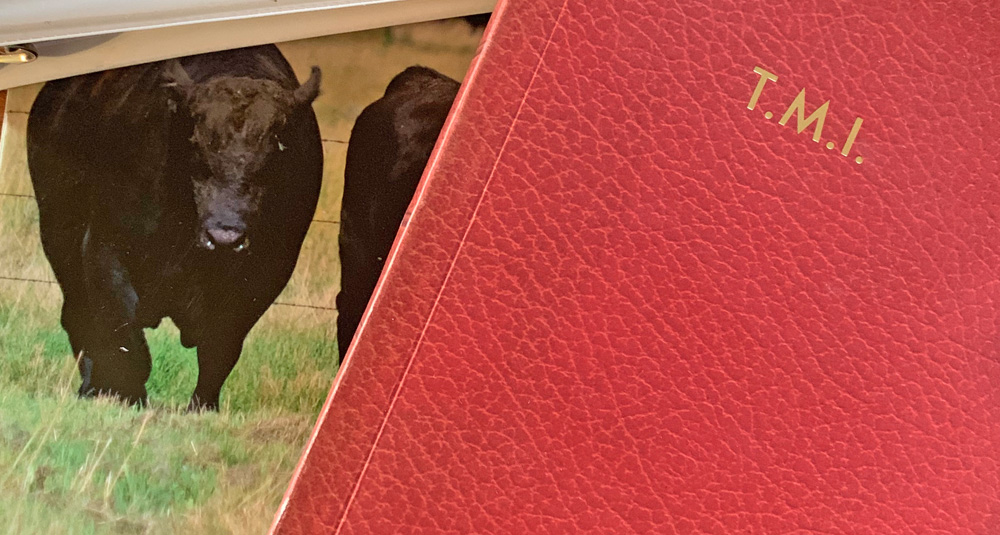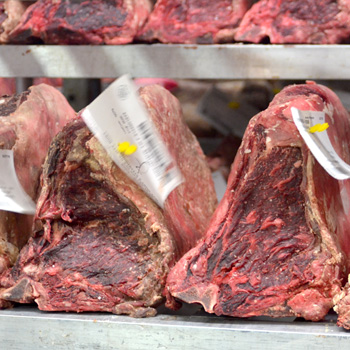Match Genetics to Forage Resources
When considering cow size, research indicates the cost of 100 lb. of cow weight exceeds the potential gain, especially if resources are limited.
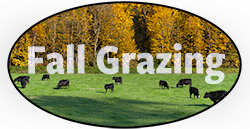
Striving for increased production seems like a pretty good idea. Genetic selection for increased growth and beef carcass yield ought to increase calf value and gross income for a cow-calf enterprise. However, continued selection for growth rate, carcass weight and milk production can lead to increased costs of carrying a cow. Consequently, Oklahoma State University Animal Scientist David Lalman thinks profit-minded producers need to make sure they are capturing the value of high-growth genetics, or shift their focus to reducing the cost of maintaining a cow herd. Probably, they need to give attention to both marketing and cost control.
